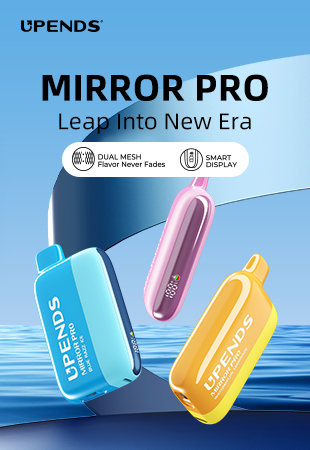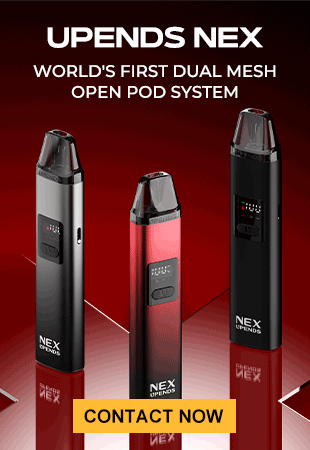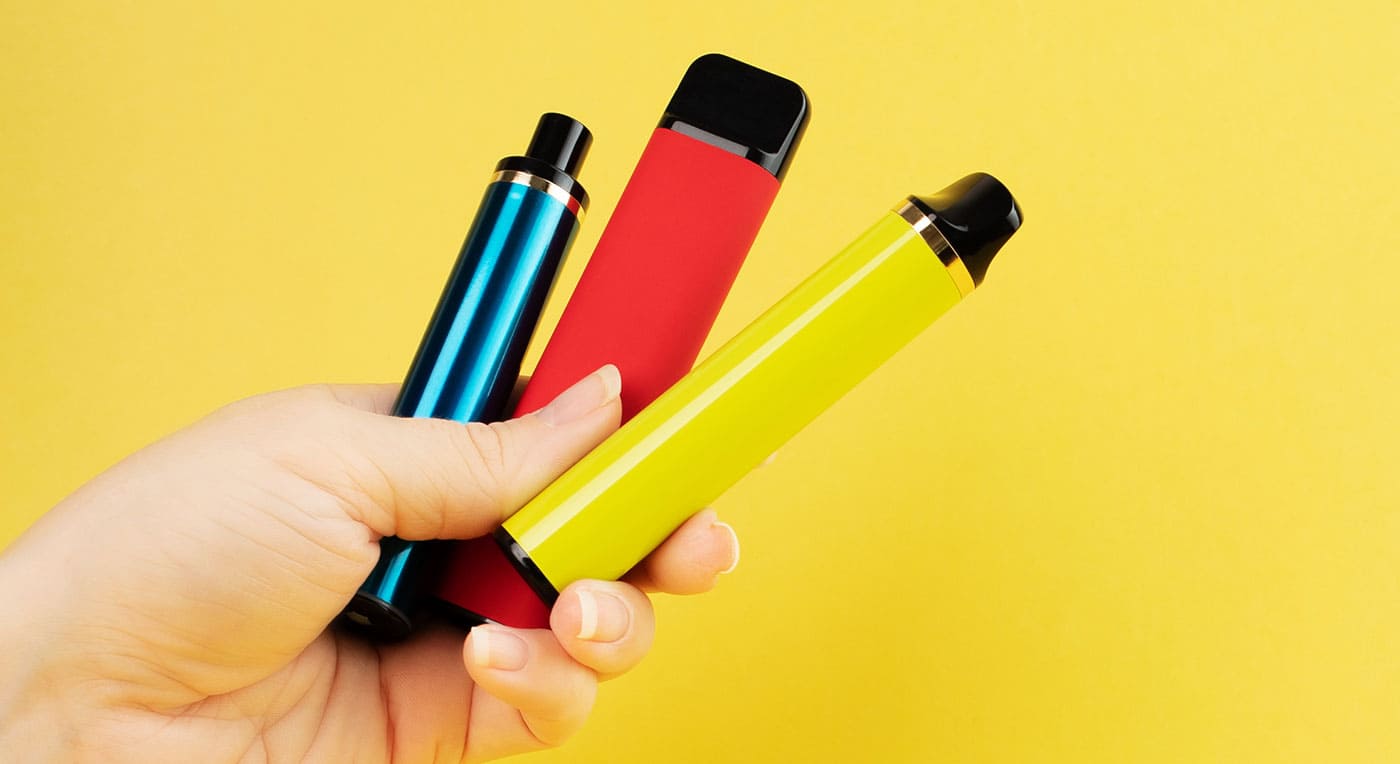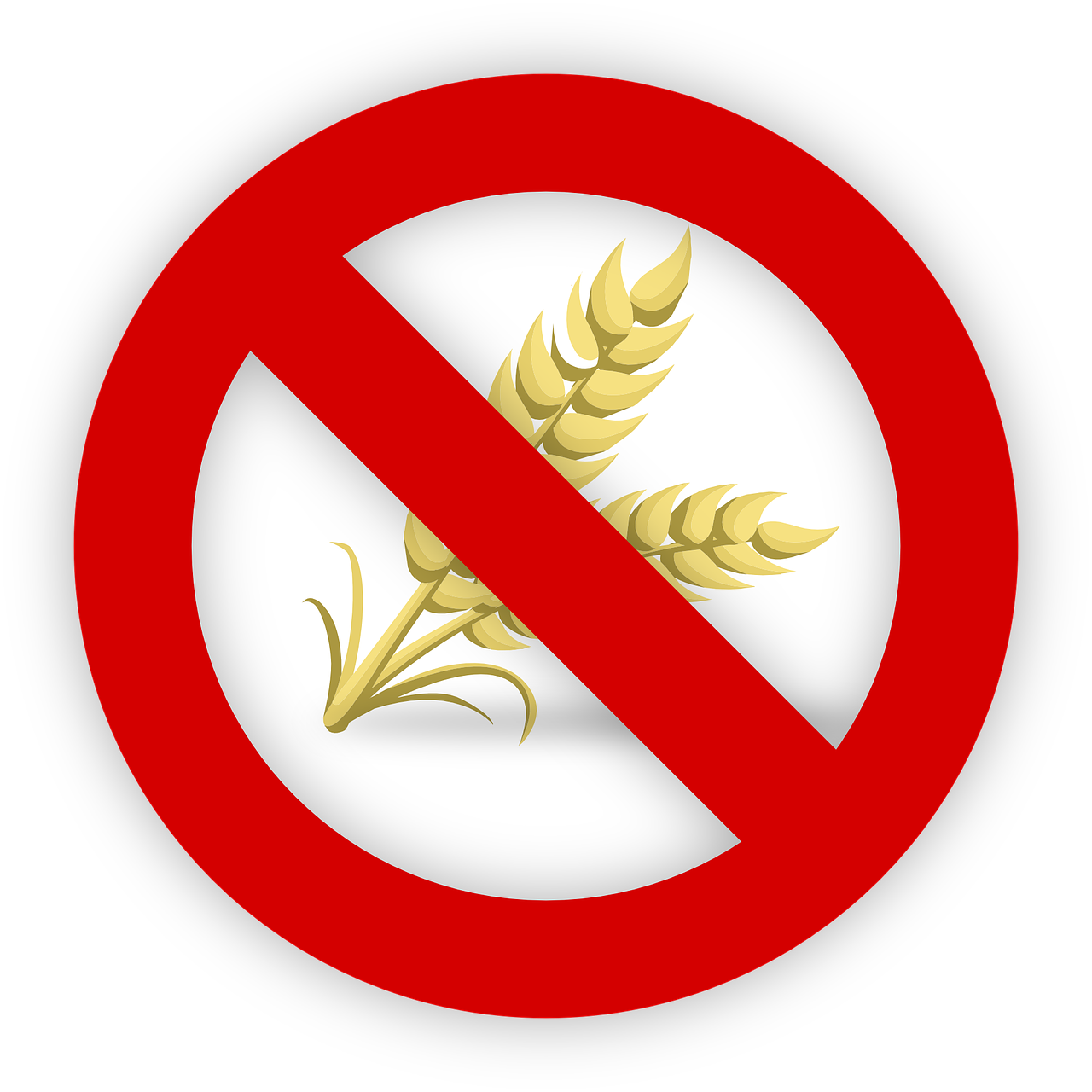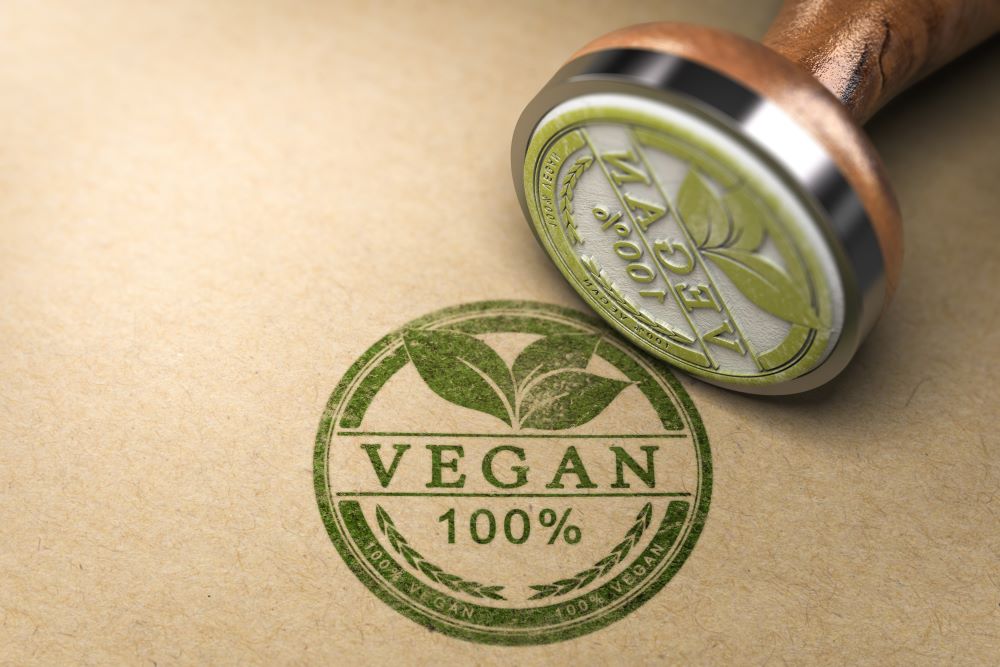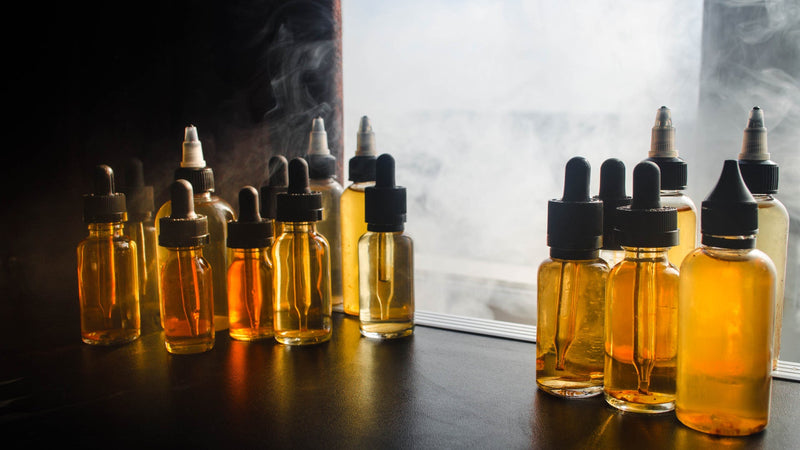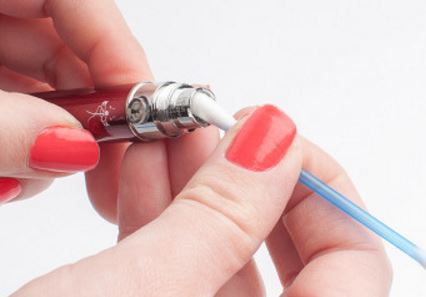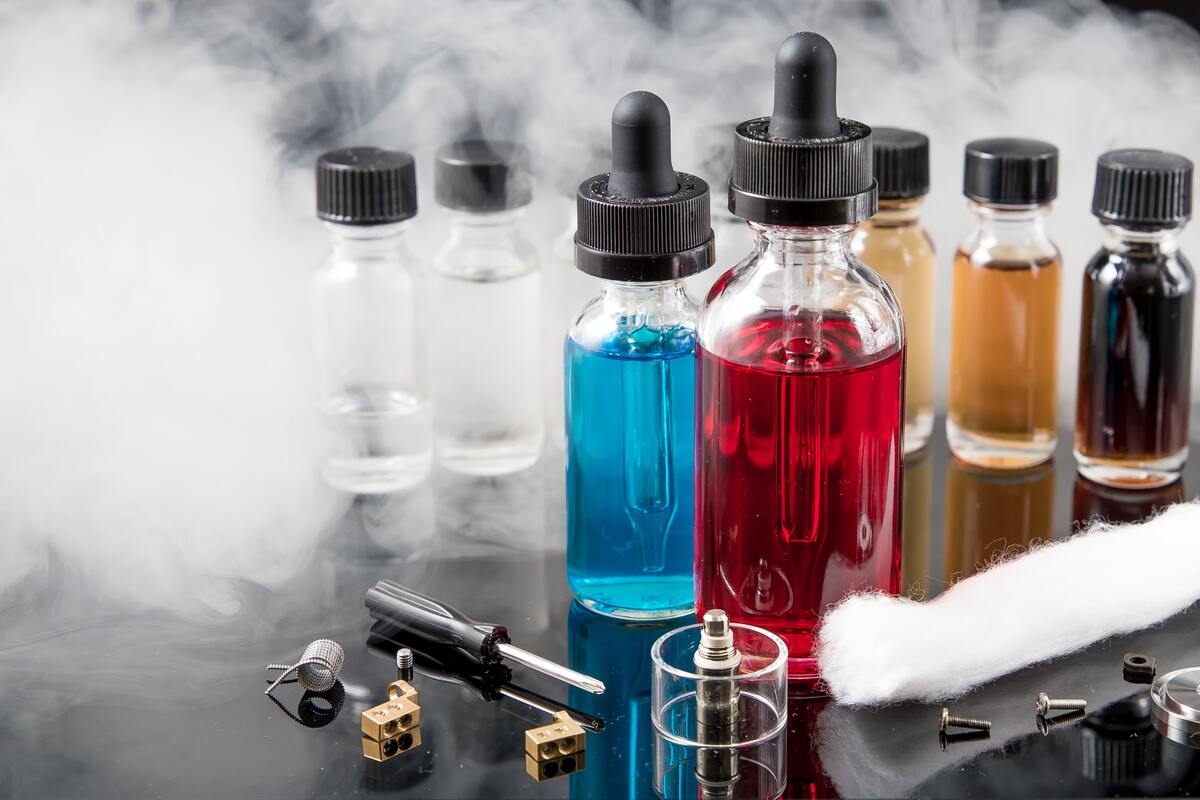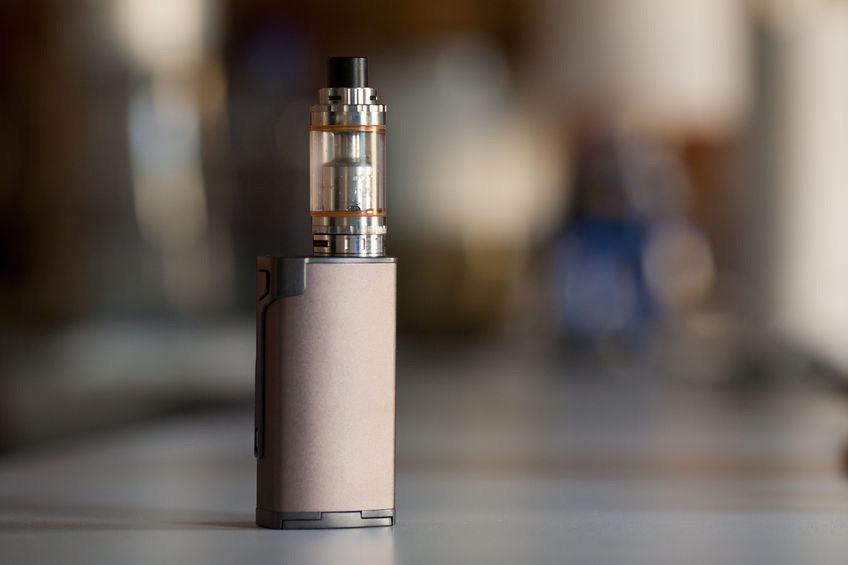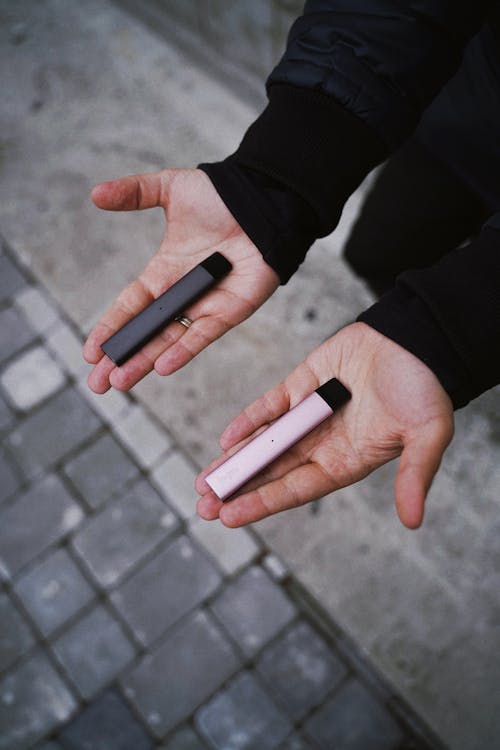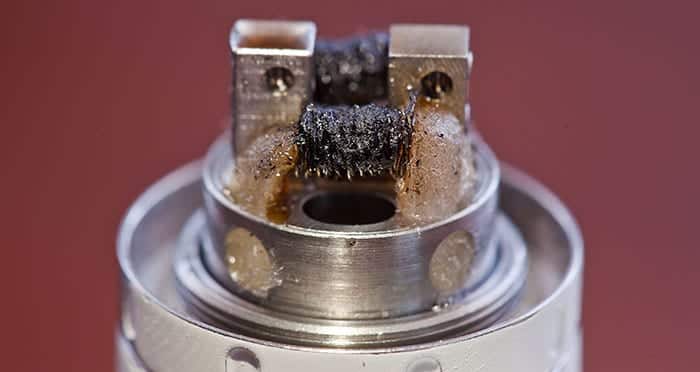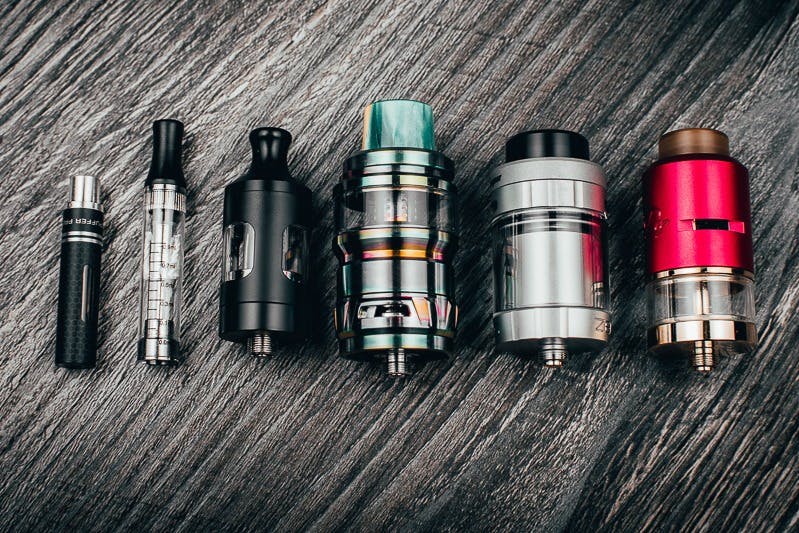While aerosols aren't food, can they have calories? As vaping starts to gain widespread acceptance, many question its dietary significance. More so, this question is vital if you want to begin a weight loss journey. So, what's the answer?
In this comprehensive vaping guide, we provide answers to how many calories are in a vape. Moreover, we also address the different components of vape juice and outline how they contribute to your overall calorie intake when you vape. Keep reading to understand better how vaping is tied to calories.
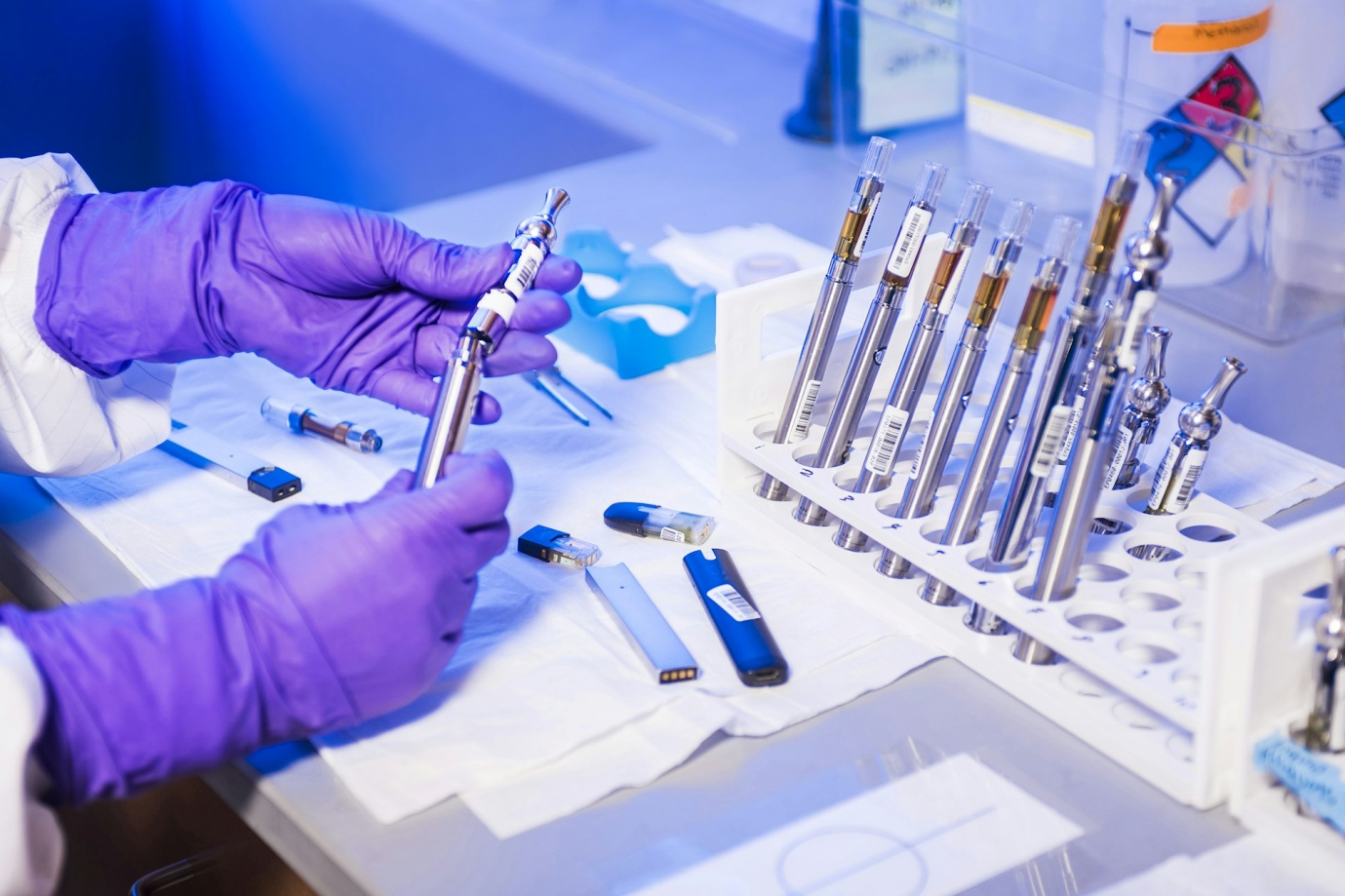
Do Vapes Contain Calories?
It is vital to know vape components to understand how many calories a vape juice has. In this section, we take apart the vape juice and note each e-liquid composition:
A) E-liquid Composition
1. Propylene Glycol (PG)
Propylene glycol is one of the constituents of vape juice that contribute to the calories of the e-liquid. PG does impact calories in vaping regardless of how small it is. The reason it impacts any caloric value at all is its nature as a small alcoholic substance.
2. Vegetable Glycerin (VG)
Vegetable glycerin, like PG, also contributes to the vape juice's calorie intake. Vegetable glycerin and propylene glycol contribute a calorie value of 4 to 5 per ml.
3. Flavorings
Flavorings don't impact any calories whatsoever. Hence, just because the strawberry-flavored vape juice tastes sweeter than the methanol flavor doesn't mean it has more calories.
4. Nicotine
Nicotine is found in most vapes, and it doesn't impact any caloric value of the overall vape juice. While it has questionable effects on the human body, adding too many calories is not one of them.
B) Absence Of Caloric Content
The caloric content in a vape juice or e-liquid sits at around 4-5 calories per ml. By the dietary standards, this value is as good as negligible. Hence, saying that vaping has no caloric significance is true.
If you want to lose weight, vaping doesn't interfere with the process in any way. Depending on the content of what you vape, the practice can help you lose weight by speeding up your metabolism by raising adrenaline and causing appetite suppression.
We are not suggesting chain vaping as the perfect weight-loss plan. If you want to lose weight, go for healthier options like exercise and diet. However, the catabolic nature of vaping shows it does not have high calories. More so, there is no risk of obesity and other weight gain-related issues by vaping more.
What Are the Misconceptions About Vaping and Calories?
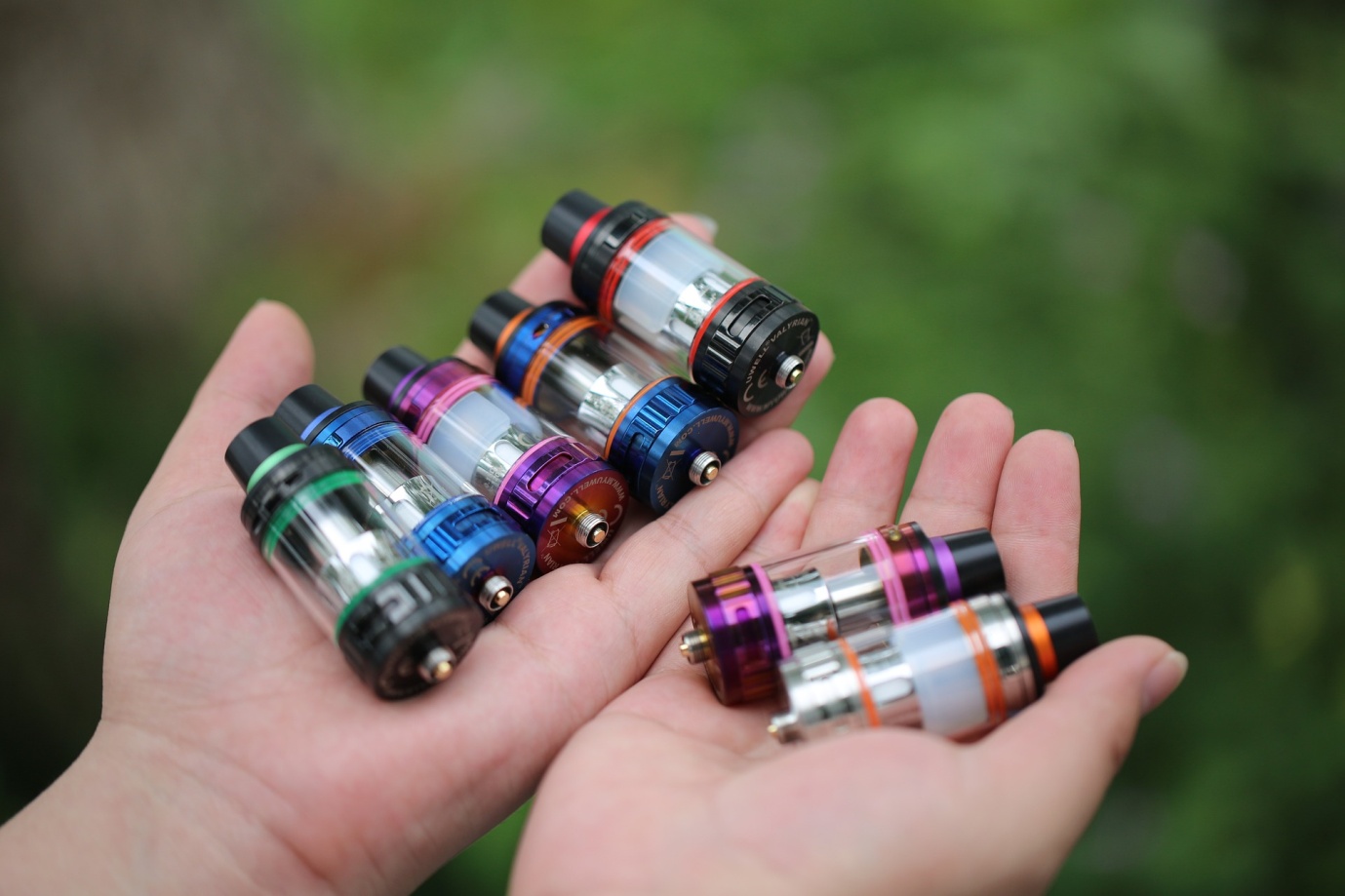
There are many misconceptions about vaping. As the practice becomes more widespread, these misconceptions will continue to spread. Here are some of the misconceptions around vaping and the truth to curb that from happening.
A. Lack Of Nutritional Value
Many vaping enthusiasts believe that vaping has a nutritional significance. However, that's far from true. The constituents of vape juice are simple substances like VG and PG. The whole content is imbued with flavoring to aid the experience and has nothing to do with nutrition.
More so, vaping doesn't replace food, regardless of how yummy the flavors might seem. The reason why you don't feel hungry while you vape is partly due to nicotine, which is an appetite suppressant.
B. Distinction Between Vaping and Consuming Calories
Vaping is not eating or drinking, so it is not ideal for gaining calories. A vape tank is about 40 to 50 calories max. This amount will be spent when you wake up, walk around, and do one or two chores. More so, that's the whole tank, not a puffing session. Undoubtedly, there is a big gap between the calories you will find vaping and grabbing a slice of pizza.
What Factors Influence Caloric Content Perception in Vapes?
Many vape enthusiasts know that vaping is the practice of inhaling and exhaling aerosol with little caloric content. So, where is the misconception of being a calorie-packed experience coming from? This section addresses all the factors influencing caloric content perception.
A. Flavorings And Sweeteners
By default, we assume that something sweet has to have a high-calorie content. This maxim is evident in junk and vegetable dynamics in the dietary world. We see how junks are sugar-coated and have a lot of caloric content, so we assume the same for vapes.
Except that vapes are imbued with sugar. What makes vaping sweet is the flavoring. These flavorings have negligible caloric content.
B. Psychological associations
In an attempt to dissuade people from vaping, several psychological associations cook up stories of how vaping is caloric-packed and dangerous for your health.
While vaping might lead to a few health complications if you overdo it, none of them are caloric related. These associations are one of the leading reasons for the misconceptions about vaping caloric significance.
What Are the Risks Associated with Flavorings in Vapes?
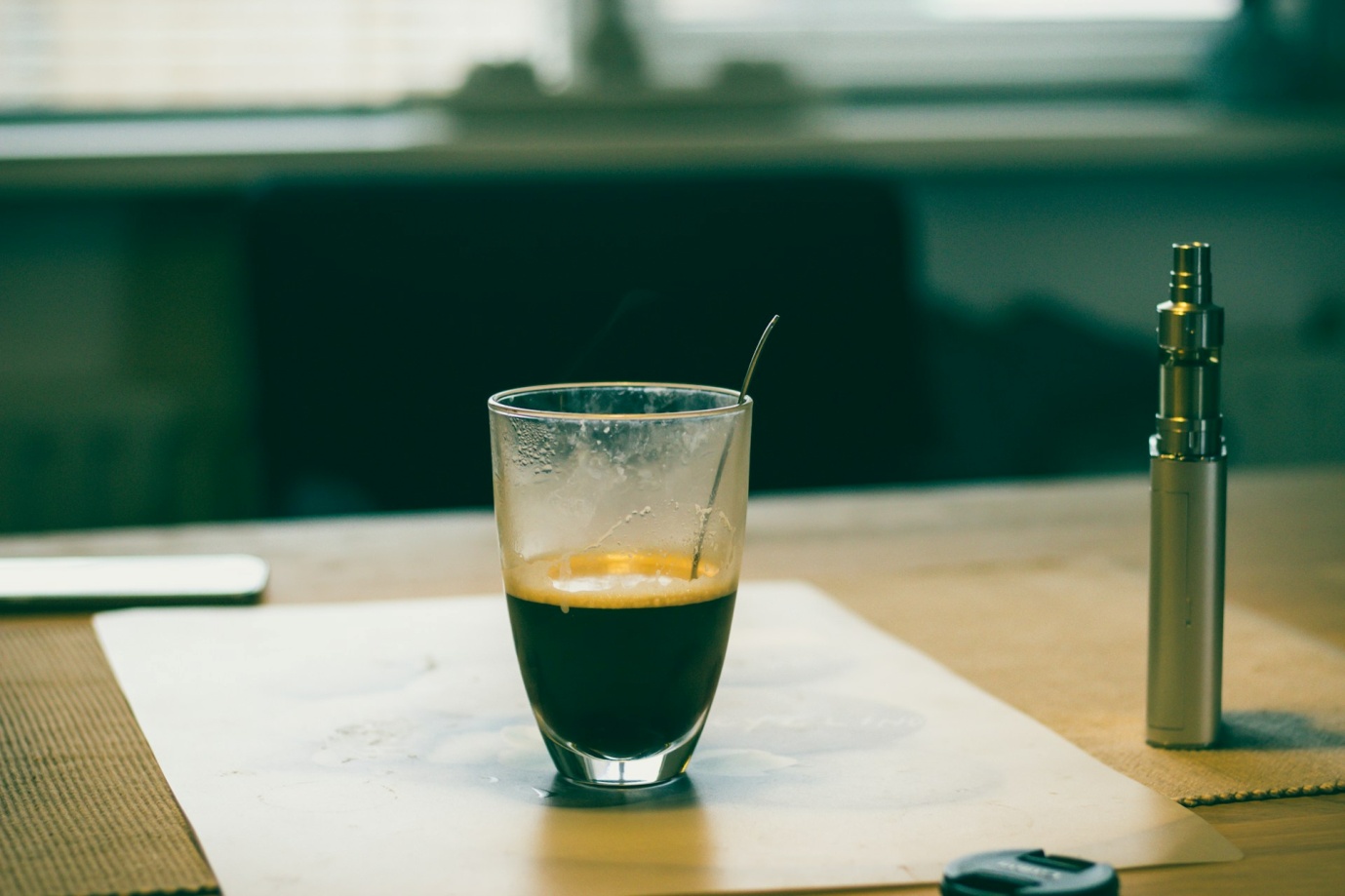
While flavorings don't have caloric content, there are risks associated with the flavoring contents in vape juices. One of the many problems related to flavorings is inhalation concerns. When you inhale a lot of vape juice, the flavoring inside the fluid can irritate your lungs and lead to other respiratory problems.
Moreover, exposing some flavoring agents to excessive heat might produce harmful gases that get inhaled. Diacetyl, used to make most of the flavoring, is notorious for causing bronchiolitis obliterans (or popcorn lungs). This disease can scar the lungs and eventually lead to permanent organ damage.
Vapers should reduce the level of flavorings they inhale occasionally. When your vape juice has a lot of flavoring, like diacetyl, it causes a lot of irritation and can also interfere with your airways. Hence, it is essential to apply flavoring in moderation.
1) Comparison with Other Consumables
Vape juice has a negligible caloric content, especially compared to other mainstream consumables on the market. For instance, an average McDonald's cheeseburger has about 260 calories, more than six times the amount in a 10ml vape tank.
Even soft drinks like Sprite have about 100 calories in them. The high caloric content in these junks is due to the sugar in them, a substance missing in vape juices. More so, they are made to keep you hungry so you keep returning to increase your caloric intake over time.
2) Health Implications
While vape juice is low in calories, it has other health implications. A primary culprit is nicotine. This component is a toxic substance and is highly addictive, making it challenging to drop.
When capers start, it is often difficult to stop. It is hazardous because the substance increases blood pressure and raises your adrenaline level. When you have a spike in heart rate, it increases your chances of getting a heart attack.
Apart from the nicotine level in the vape, other substances like propylene glycol and flavoring agents also have dire effects on the body. For instance, propylene glycol is responsible for the dry mouth feeling when you vape continuously.
While dry mouth is not bad, it increases the chances of several mouth-related infections. This substance also impacts the health of your teeth. Chain vaping vape juice that has a lot of PG in it is hazardous to your overall oral health.
More so, studies have shown that diacetyl, the commonly used flavoring agent, negatively impacts our lungs as it irritates over time. What's more, it has been linked to other pulmonary-related diseases.
While research on vaping and its health impacts is relatively new, it is clear which direction it points to. However, not all vapes harbor negative health impacts. Some brands try their best to ensure their products are as healthy as they come. Check the next section for our recommendation.
Get High-Quality Vapes from Upends!
While vaping is healthier than smoking by more than a stone's throw, many psychologists and health professionals believe it still has many dire consequences. Although that is true for many brands, Upends is a noble exception. Upends appears with an affordable alternative for users who want to enjoy a fresh, healthy blast of flavor.
You can enjoy all your favorite flavors with Upends disposables or reusables. Moreover, the brand features some vibrant colors alongside several designs. The products were crafted to ensure optimal convenience and comfort. If you want an affordable puff extraordinary experience, visit the Upends website today and get a vape.
Conclusion
Vaping has almost no caloric implications. Refrain from fretting over the multiple misconceptions littered all over the internet. The practice doesn't interfere with your diet or fast if you consider those activities.
More so, you don't gain weight by vaping. The calories you get from a take is about 40 to 50 calories max. This amount doesn't have enough calories to cause you to add weight.
While vaping doesn't have any caloric significance, you must note the other health implications that come with vaping. This way, you consciously ensure that you vape responsibly and choose a healthier brand.
One of the few healthy vape brands is Upends. They offer competitive prices alongside healthy vape juices. Visit the website today, pick your favorite flavor, and experience vaping anew!




